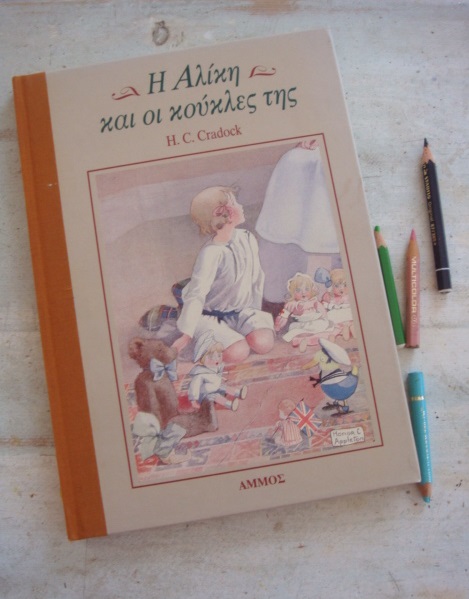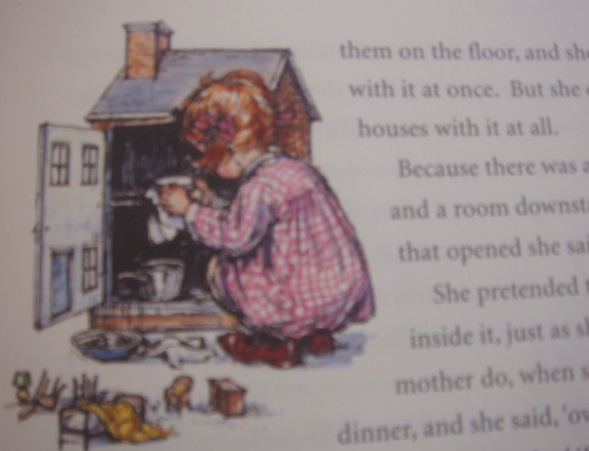 The Doll’s House by Patience Agbabi
The Doll’s House by Patience Agbabi
‘Poetry is the purest of the language arts. It’s the tightest cage, and if you can get it to sing in that cage it’s really wonderful.’ Rita Dove
‘…a blind doll with kaleidoscopic taste, / who boils, bakes, moulds, pipes, chisels, spins and blows / sugar, her art, the only tongue she knows.’ Patience Agbabi
Patience Agbabi was born in London in 1965 to Nigerian parents and spent her teenage years living in North Wales. Her work moves between cultures and page and stage. She has lectured in Creative Writing at Greenwich, Cardiff and Kent Universities and for 20 years has facilitated writing workshops in comprehensive and public schools. In 2004 she was selected as one of the UK’s Next Generation Poets, and is currently a creative writing fellow at Oxford Brookes. She is a self-proclaimed ‘poetical activist’. Her longer featured poem, ‘The Doll’s House’, was commissioned by the Ilkey Literature Festival and shortlisted for the Forward Prize for Best Single Poem in 2014. “The poem is haunted by the fact that Hardwood House in Yorkshire – a symbol of opulence, magnitude and splendor – was a demonstration of wealth amassed from the transatlantic slave trade, and seeks to carve out a fresh perspective to examine this distressing legacy. ‘The Doll’s House’ stands for both the set of deftly constructed stanzas – or rooms – made of rime royale, and the replica model of Harewood made by the house-chef’s daughter, Angelica, its detail described with all the meticulous ‘rich design’ of the saccharine ‘haute cuisine’. And as with Harewood’s legacy, the more we listen to Angelica recall how she would ‘gorge / on bubbling syrup, mouth its language; learned / the temperature at which burnt sugar burnt’, the more the taste turns bitter, it starts to ‘blacken your sweet tooth’.” (Retrieved from https://poetryarchive.org/poet/patience-agbabi/)
The Doll’s House

The source of the wealth that built Harewood is historical fact. There is nothing anyone can do to change the past, however appalling or regrettable that past might be. What we can do, however, what we must do, is engage with that legacy and in so doing stand a chance of having a positive effect on the future. David Lascelles
Art is a lie that makes us realise truth. Pablo Picasso
Welcome to my house, this stately home
where, below stairs, my father rules as chef:
confecting, out of sugar-flesh and -bone,
décor so fine, your tongue will treble clef
singing its name. Near-sighted and tone-deaf,
I smell-taste-touch; create each replica
in my mind’s tongue. My name? Angelica.
This is my world, the world of haute cuisine:
high frosted ceilings, modelled on high art,
reflected in each carpet’s rich design;
each bed, each armchair listed à la carte.
Come, fellow connoisseur of taste, let’s start
below stairs, where you’ll blacken your sweet tooth,
sucking a beauty whittled from harsh truth…
Mind your step! The stairway’s worn and steep,
let your sixth senses merge in the half-light…
This muted corridor leads to the deep
recesses of the house. Here, to your right,
my father’s realm of uncurbed appetite –
private! The whiff of strangers breaks his spell.
Now left, to the dead end. Stop! Can you smell
cinnamon, brown heat in the afternoon
of someone else’s summer? This rust key
unlocks the passage to my tiny room,
stick-cabin, sound-proofed with a symphony
of cinnamon; shrine to olfactory
where I withdraw to paint in cordon bleu,
shape, recreate this house; in miniature.
All art is imitation: I’m a sculptor
of past-imperfect; hungry, I extract
molasses; de- and reconstruct high culture
from base material; blend art and fact
in every glazed and glistening artefact
housed in this doll’s house. Stately home of sugar.
Of Demerara cubes secured with nougat.
Look at its hall bedecked with royal icing –
the ceiling’s crossbones mirrored in the frieze,
the chimneypiece. The floor is sugar glazing
clear as a frozen lake. My centrepiece
statue of Eve, what a creative feast!
A crisp Pink Lady, sculpted with my teeth,
its toffee glaze filming the flesh beneath.
The music room’s my favourite. I make music
by echoing design: the violet-rose
piped ceiling is the carpet’s fine mosaic
of granulated violet and rose,
aimed to delight the eye, the tongue, the nose.
Even the tiny chairs are steeped in flavour
delicate as a demisemiquaver.
Taste, if you like, sweet as a mothertongue…
See how this bedroom echoes my refrain:
the chairs, the secretaire, commode, chaise longue,
four-poster bed, all carved from sugarcane;
even the curtains that adorn its frame,
chiselled from the bark, each lavish fold
drizzled with tiny threads of spun ‘white gold’.
The library was hardest. How to forge
each candied volume wafer-thin, each word
burnt sugar. In the midnight hours, I’d gorge
on bubbling syrup, mouth its language; learned
the temperature at which burnt sugar burned,
turned sweet to bitter; inked a tiny passage
that overflowed into a secret passage,
the Middle Passage; made definitive
that muted walkway paved with sugar plate,
its sugar-paper walls hand-painted with
hieroglyphs invisible as sweat
but speaking volumes; leading to the sweet
peardrop of a stairwell down and down
to this same room of aromatic brown
in miniature. Here, connoisseur, I’ve set
the doll, rough hewn from sugarcane’s sweet wood:
her choker, hardboiled sweets as black as jet;
her dress, molasses-rich; her features, hard.
This handcarved doll, with sugar in her blood —
Europe, the Caribbean, Africa;
baptised in sugar, named Angelica,
has built a tiny house in Demerara
sugar grains secured with sugarpaste,
each sculpted room a microscopic mirror
of its old self; and below stairs, she’s placed
a blind doll with kaleidoscopic taste,
who boils, bakes, moulds, pipes, chisels, spins and blows
sugar, her art, the only tongue she knows.
